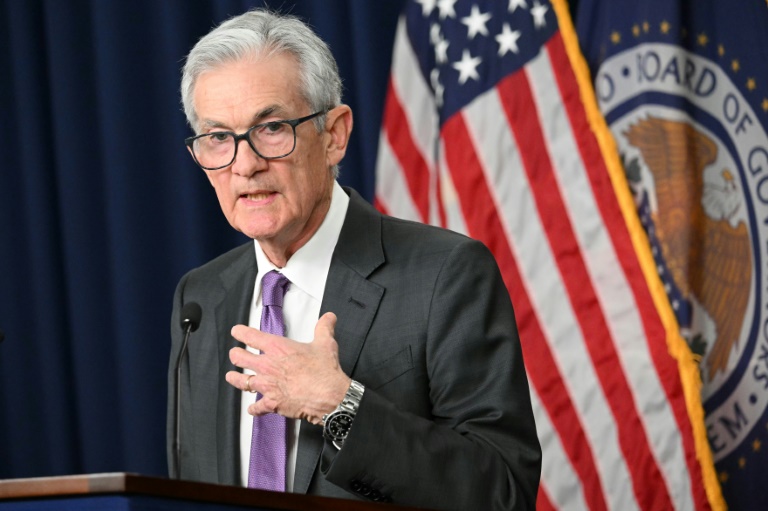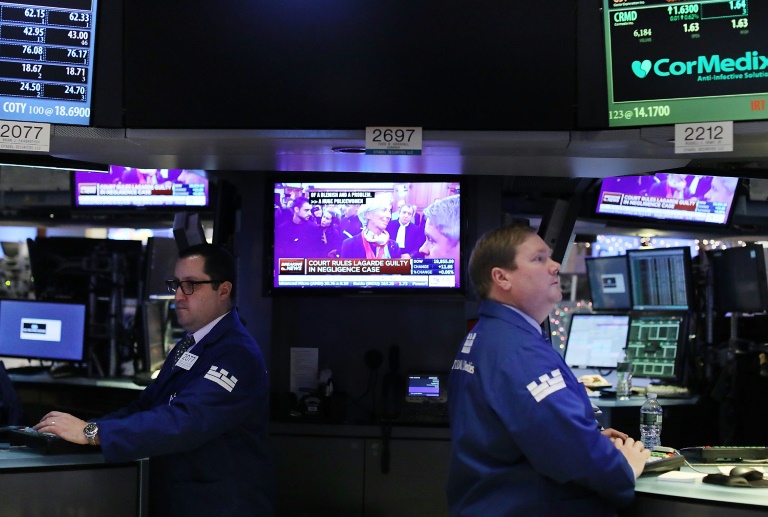U.S. job growth cooled off in April, which changed the narrative for the U.S economy, but it may not change the game for the Federal Reserve.
According to the U.S. Bureau of Labor Statistics released on Friday morning, the U.S. economy added 175,000 new jobs in April, down from 315,000 in March and well below the 243,000 economic analysts had expected. It’s the lowest gain since October 2023, when the economy created 165,000.
Most of the job gains were in the healthcare sector (+56,000), social assistance (+23,000), and warehousing (+22,000).
Meanwhile, unemployment increased in April to 4.9% from 4.8% in March. It helped ease wage pressures, with average hourly earnings rising 0.2% in April, down from 0.3% in March.
A weak jobs report and tamed wage hikes make the case for a “Goldilocks economy” or soft landing, a welcome development by Wall Street analysts. It’s a sign that monetary tightening has been yielding the right results.
“After what looked like a reacceleration in the first quarter, today’s Jobs Report shows the labor market returning to its prior trend of gradually slowing job growth and wage growth,” said Julia Pollak, ZipRecruiter Chief Economist. “Instead of stagflation, the report shows solid payroll gains (+175K, about 10K more than the 2019 monthly average) and cooling wage growth (3.9% YoY, down 0.2 pt) — precisely the news markets and the Fed were hoping for. The overall picture is one of a steady labor market with disinflationary growth. “
Joe Gaffoglio, President of Mutual of America Capital Management, believes the slower jobs are good news for the nation’s central bank as it signals that interest rate hikes are beginning to cool off the red-hot labor market of recent years. “The Fed clearly stated that it is taking a cautious approach on the timing of any interest-rate cuts to ensure that inflation is well contained, and this could lead to continued pressure on the jobs market in the coming months,” he said.
“Worries about wage pressures have dragged on the market recently, and today’s number relieves some of those fears,” added David Russell, Global Head of Market Strategy. “The first quarter had several difficult numbers on the inflation front, but the second quarter might be starting on a cooler footing. The case for rate cuts got a little stronger today. Goldilocks could be making a comeback.”
Still, Glen Smith, chief investment officer of GDS Wealth Management, believes that Friday’s weaker-than-expected jobs report isn’t a game-changer for Fed policy, as inflation remains elevated, well above far above its 2% target.
“The stock market is watching bond yields closely, and if yields on the 10-year Treasury can remain under 5%, the stock market can withstand that,” he added. “Yields above 5% could start to cause some extra stock market volatility. At this point, the Federal Reserve’s delayed rate cuts have been priced in, and we expect yields to remain range-bound in the near term.”
Smith believes it’s essential for investors to stay invested. “Even though the market is still navigating a variety of worries such as inflation, Federal Reserve uncertainty, and geopolitical concerns,” he added.







